Material Evidence (Archaeology)
by Dyan Laskin GrossmanArchaeologists study people in the past through material culture – the things that people left behind. One approach is to use a technological perspective. Why would someone make that? How would someone make that? By asking “What would YOU do in this situation?” we use the present as a portal into the past, connecting to the choices of past people.
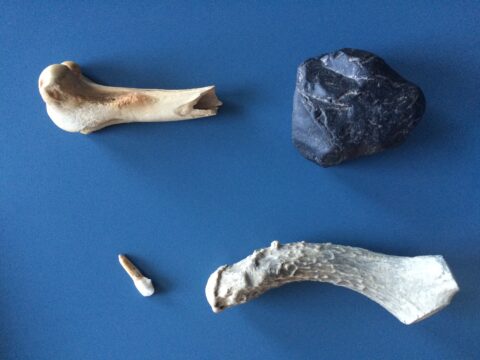
1In 1 playlists
What questions would you ask to learn about these four objects? How might their physical properties (such as colour, mass, length, hardness) influence their potential uses? What would YOU make with these materials?
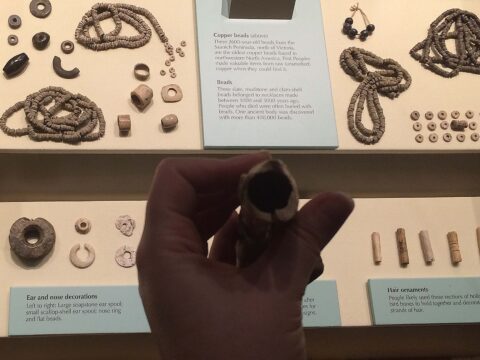
Explore the uses of bone and other materials by taking a look at the artifacts and information in the Archaeology Gallery at the RBCM.
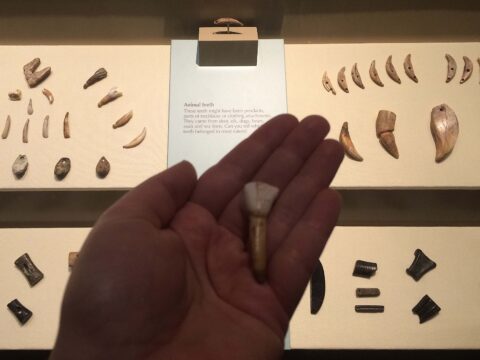
Why do teeth need to be strong? Investigate how animal teeth were used in the past by exploring the Archaeology Gallery at the RBCM.
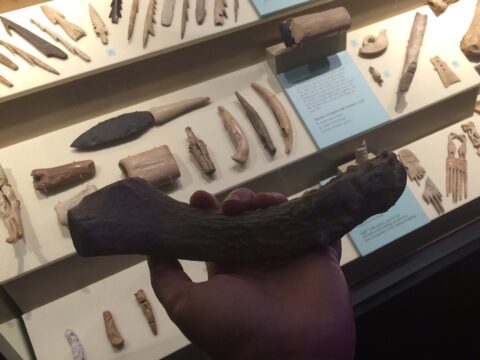
1In 1 playlists
Many animals shed their antlers every year. Explore the many uses of antler by looking at artifacts in the Archaeology Gallery at the RBCM.

1In 1 playlists
What needs do each of these different artifacts meet? Explore the many uses of stone by taking a look at the artifacts on display in the Archaeology Gallery at the RBCM.
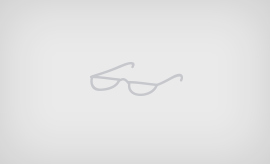
1In 1 playlists
In this program, students explore the actions and choices of the early inhabitants of British Columbia through the raw materials they used. The Archaeology Gallery provides the background for hands-on experience with raw materials. For additional resources on incorporating Aboriginal Education, see http://www.bced.gov.bc.ca/abed/documents.htm

Making Stone Flake Tools
Watch
Working Bone to Make Weapons and Tools
Watch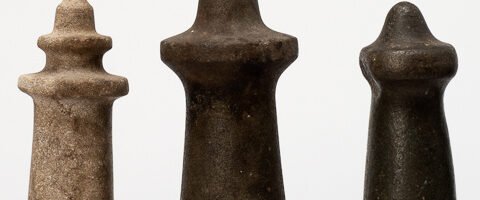
2In 2 playlists
Archaeology tells us that Indigenous people have been here a very long time. Evidence such as artifacts, house remains and animal bones are held in the Royal BC Museum collection.
View Pathway